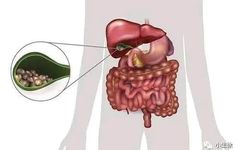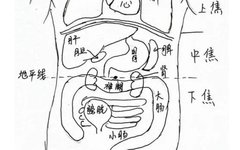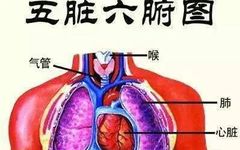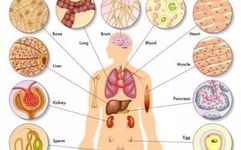A Guide to TCM Eye Exercises for Spinal Stretching and Overall Health (Includes Video)
Clickthe blue textto follow us Teacher Zhang: The exchange between China and India has a long history. Besides the well-known stories of the Shaolin monk Bodhidharma crossing the river to communicate and Xuanzang traveling to the West to obtain scriptures, there has also been significant medical exchange. Theeye exercises in TCM have many influences from … Read more










